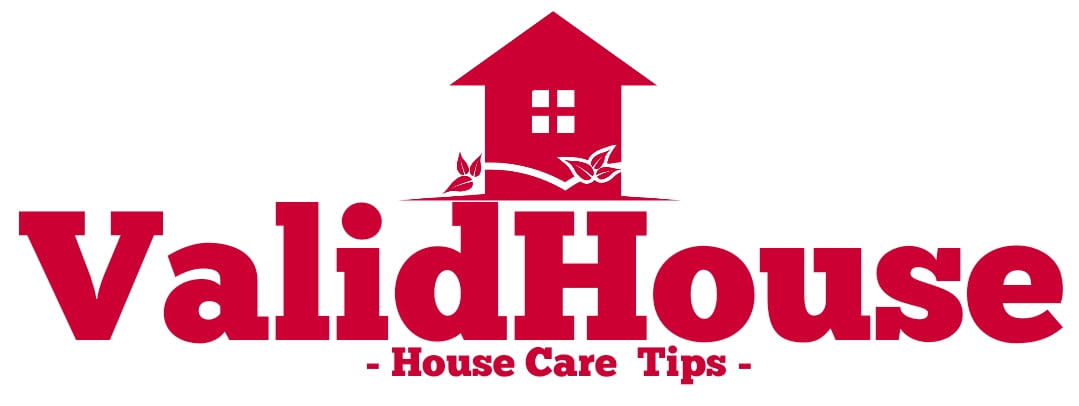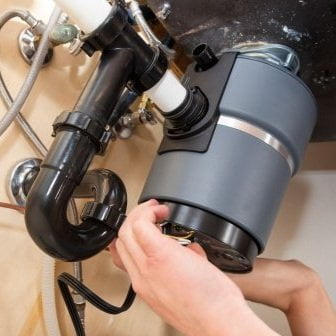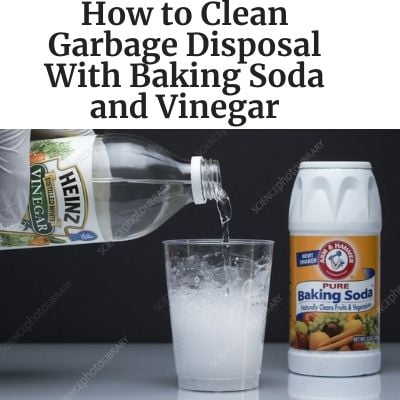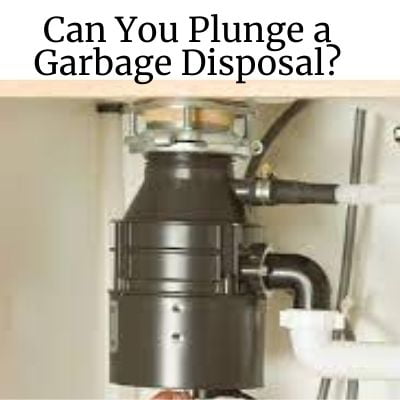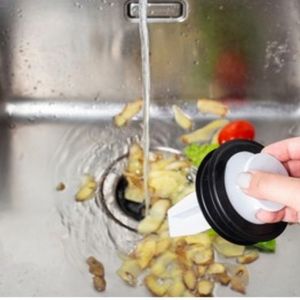Ever wondered where all the food waste you put out in your garbage disposal goes? Trust me, I’ve been there.
Garbage disposals are convenient and easy to use. It is the most preferred method of disposing of waste in some homes. Not only is it stress-free but it is time-efficient.
However, the question is, where does garbage disposal waste go?
Generally, food waste you put into the garbage disposal goes through the sewer system and into the water treatment plants. There are adequate facilities for the waste to be treated at those plants.
Table of Contents
Is it Better to Throw Food away or use Garbage Disposal?
Hmm, this debate has been ongoing over the years. I think what you do with your waste depends on how you want to dispose of it and the convenience.
For example, the garbage disposal is very efficient in turning food waste into semi-liquid material by churning and grinding until it can pass through the blades of the disposal. It is convenient for most people. All they have to do is just gather food waste, put it at their disposal and that’s all.
On the other hand, putting food in the trash can be helpful for some. The waste in the trash can later be sorted and taken to the compost pile.
The compost is useful as an organic fertilizer. It gives nutrients to the soil and nourishes plants. Being used as a fertilizer, it kills weeds. A lot of people prefer this option as the waste is recycled to give back to the environment.
Note that some food waste in the trash bin can also be burnt. Some households burn their waste. This is not environment-friendly though due to the carbon dioxide (CO2) being dispersed into the environment. You know how it is, global warming and all that.
Also, you and I know how dangerous carbon monoxide is. In fact, carbon monoxide is a gas that does not have any smell. You may not know until it is too late.
Food thrown into the trash bin can also be sent to the landfill eventually. The landfill, also known as a dump site is a place where garbage is disposed of in large quantities.
A visit to the landfill will give you more insight into how it looks.
Garbage is dumped in heaps later to be sorted and sent to different places for final decomposition or recycling. Landfills are the oldest and most common forms of garbage disposal.
Having considered these options, it is imperative you look at the pros and the cons of either throwing your food waste away or putting it in the garbage disposal. Then, you can choose an option suitable for you.
Where Does Garbage Disposal Waste Go?
Garbage disposal waste goes to the water treatment sites eventually.
This question has been asked by many curious people for so long.
Food items you put down your garbage disposal go through your septic pipes into the sewer and move on to the water treatment facility in your city for onward processing.
Note that not all kinds of food can go in the garbage disposal; potato peels, onion peels, animal bones, fruit pits, fibrous materials, vegetables, corn husks, rice, bread, pasta, banana peels, oil, grease, and fats do not have a place in the garbage disposal.
These materials clog the drain and block other food items from going down the drain. They can also cause severe damage to the blades of the disposal system.
As soon as the ground items get to the water treatment facility, solid waste will be filtered out and a chunk of it will be sent to a digester cistern.
At the digester cistern, bacteria act on the waste and it is converted into “biosolids” and methane. This occurs through a process known as anaerobic digestion.
In other locations, the products of the digestion – biosolids, and methane, are used as fertilizers and for energy respectively.
Some other water treatment facilities pass these materials straight to the landfill. You should contact the water treatment plant in your city to know how they process food waste.
If you discover that solid waste is converted into fertilizer or energy there, using the garbage disposal to dispose of food waste in your home is not a bad option.
Where does Garbage Disposal Water Go?
It should interest you to know that the water and solid waste in your garbage disposal goes to the same place – a water treatment facility.
The water is treated differently though, it is drained from the solid waste and passed on to the recycling system. At the recycling system, it is processed with some chemicals and other devices.
But the garbage disposal water goes to the same place the solid food waste goes.
Are Garbage Disposals Bad for the Environment?
To be frank, when I compare the compost option of disposing of garbage and the garbage disposal option, yes, garbage disposal is bad for the environment in that regard.
Food waste you should have sent to the compost pile is put into the disposal and sent to the sewer system.
Compost piles are more beneficial to the environment. After complete decomposition, the compost pile is used as manure/fertilizer to nourish the soil and also hinder the growth of weeds.
This is a more productive way of disposing of garbage but it requires effort. Your time and energy are needed to create and develop a compost pile.
Although, this question largely depends on what the water treatment facility in your area does with the food waste.
If the facility processes the waste by converting it to fertilizer and energy, of course, garbage disposals will be good for the environment.
But if the waste is sent to the incinerator and landfill eventually, it is not good for the environment.
The landfills release methane into the environment which is unhealthy and dangerous for nearby water bodies. So, garbage disposals might be good or bad in your environment DEPENDING on what the local water treatment facility does with it.
Why are Garbage Disposals Banned in Europe?
Countries in Europe banned garbage disposals due to the excess food waste passed through it that would overburden the water-treatment system.
Water treatment systems are primarily for waste from the toilets. Adding food waste to it would be much work for the treatment system and so it was banned.
Are Garbage Disposals Bad for Plumbing?
No, garbage disposals will not damage your plumbing pipes. Garbage disposals will not clog your pipes. However, the proper installation has to be done. It is advised to get the expertise of a professional when installing your garbage disposal.
Can you Pour Boiling Water Down Garbage Disposal?
It is completely okay to pour hot water down the disposal. Hot water can be used alongside baking soda and vinegar to clean the disposal. It should be done from time to time.
Also, running cold water into the garbage disposal extends the lifespan of the pipes so do this frequently.
Do Garbage Disposals Attract Rats?
Rats are attracted to unclean environments. If your garbage disposal is left uncleaned for a long period of time, you can be sure rats will find an abode in the system. Clean the garbage disposal weekly, find time to deodorize it.
Therefore, it is advisable to always clean your garbage disposal. You can make use of ice and salt to clean your garbage disposal as well as sharpen its blade.
Final Thoughts
The waste passed through the garbage disposal goes through the sewer system and into the water treatment facilities. There, it is treated to produce fertilizers or energy. Sometimes, it could be taken to a landfill for incineration.
You can decide to use your food waste as compost instead of putting it in the garbage disposal to add nutrients to your home garden. Garbage disposals are essential and useful but it is your decision to use them to process your food waste.
